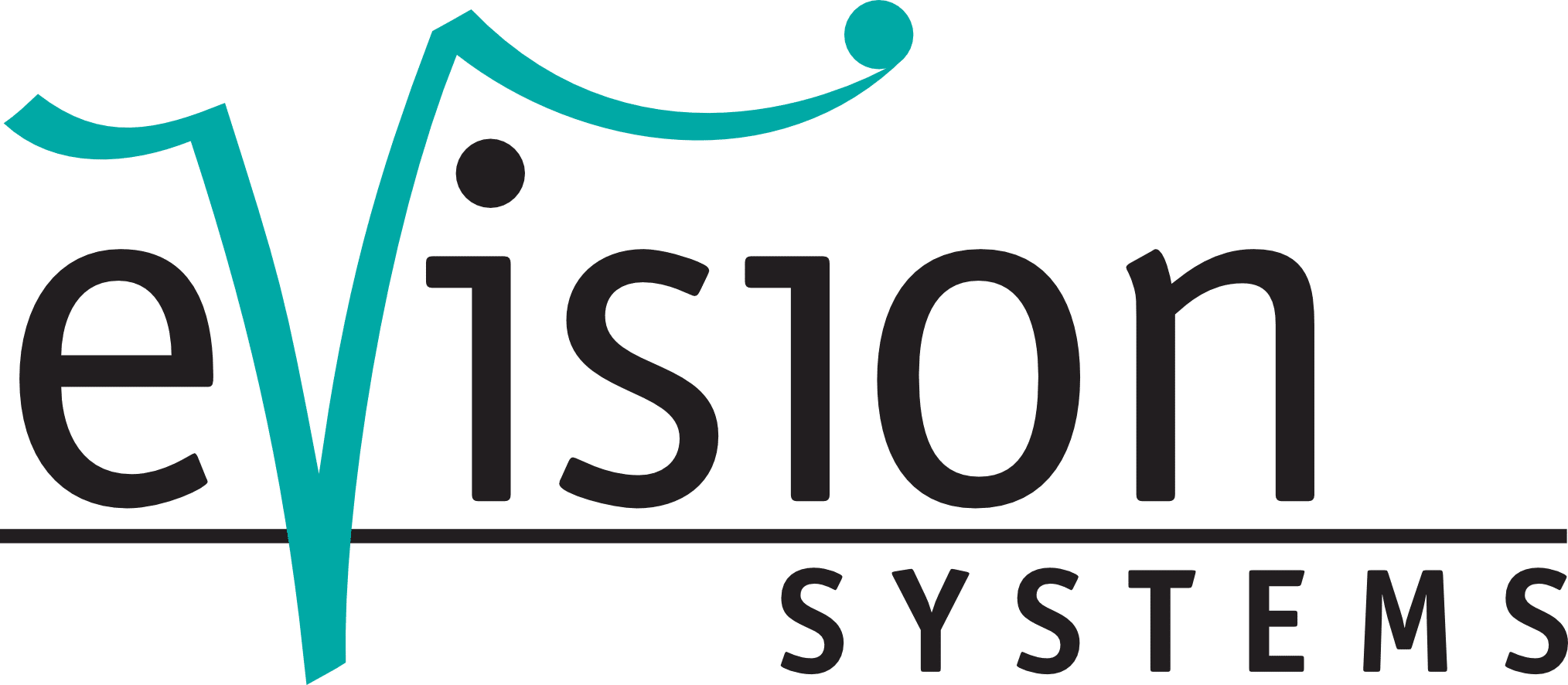IDS-Integrate™
Automated chip assembly according to specification
Manually connecting hundreds or thousands of blocks in a top-level SoC design is a tedious and error-prone process. Many similarly named signals must be connected, whereby typing errors are preprogrammed. The step-and-repeat hookup of repeated instantiations of the same block is incredibly tedious. Detecting interconnection errors occurs rather late in the project, only when full-chip simulation is ready. Runs are slow and memory intensive at this level, and debug is challenging given the enormous size of the design.
Automatically Maintain Interconnect Integrity as Specification Changes

Agnisys has a solution to apply specification automation to SoC-level assembly and interconnection IDS-Integrate provides a flexible and customizable environment to meet the design requirements for your complete chip.
How IDS-Integrate Enhances Your Development Process
DS-Integrate not only interconnects blocks, but it also generates RTL components such as bus multiplexers, aggregators, bridges (AHB to APB, AXI to APB, and AXI4-Full to AHB-Full), and other “plumbing” components as needed. As expected, IDS-Integrate fully comprehends the register RTL designs generated by IDesignSpec GDI and the IP blocks generated by IDS-IPGen.
You are not limited to designs generated by Agnisys. IDS-Integrate can handle any third-party IP block with an IP-XACT description and can even handle your custom design blocks. You can specify in Tcl or Python how your blocks should be interconnected, including rules for intelligent name-mapping between block input and output ports with identical or similar names. IDS-Integrate assembles the complete top-level SoC based on your specification.
Actions that you can perform with IDS-Integrate include:
- Connecting an IDS-generated block with the your design block and creating a wrapper around it
- Reading an IP-XACT component and connecting with the existing blocks
- Connecting an AHB bus with an APB slave by automatically instantiating a bridge
- Connecting several AHB blocks to an AHB master by automatically instantiating an aggregator
- Moving a block from inside a deep hierarchy several levels higher
- Generating SystemVerilog Assertions (SVA) for connectivity checks using formal verification
Benefits of IDS-Integrate
IDS-Integrate provides an automated, repeatable process that saves time and creates “correct-by-construction” SoC designs. It improves productivity of your design team by:
- Eliminating manual coding errors when interconnecting RTL blocks
- Helping users check their specifications
Providing an intuitive graphical view of blocks and their connectivity with simple navigation through the chip hierarchy - Saving time and resources throughout your project
- Re-generating the top-level design at the push of a button every time a specification changes
